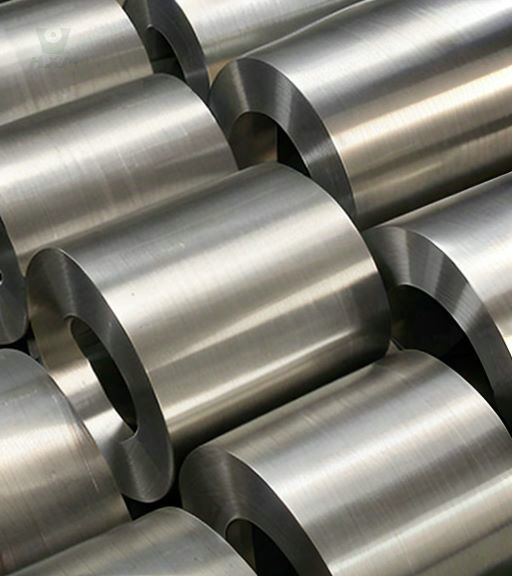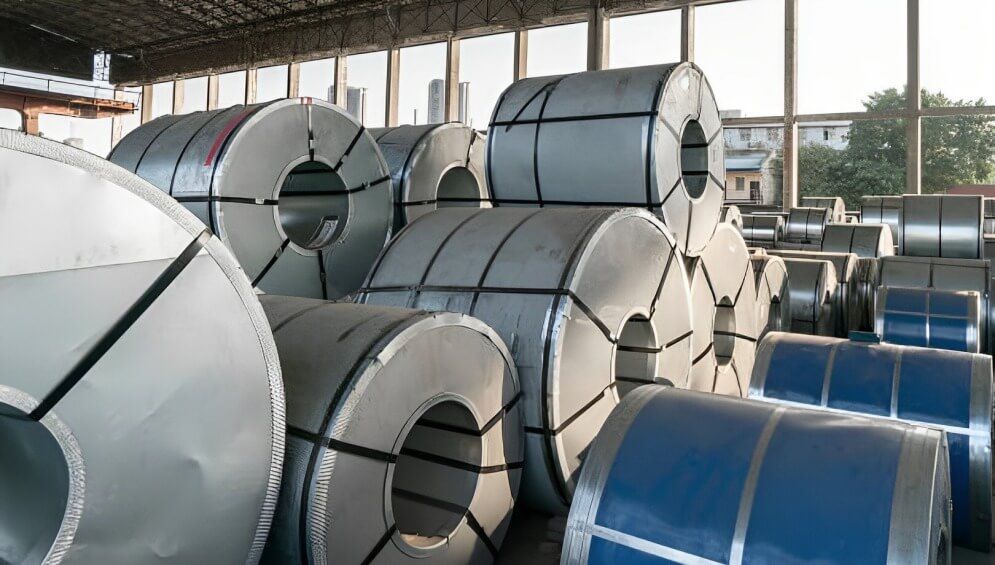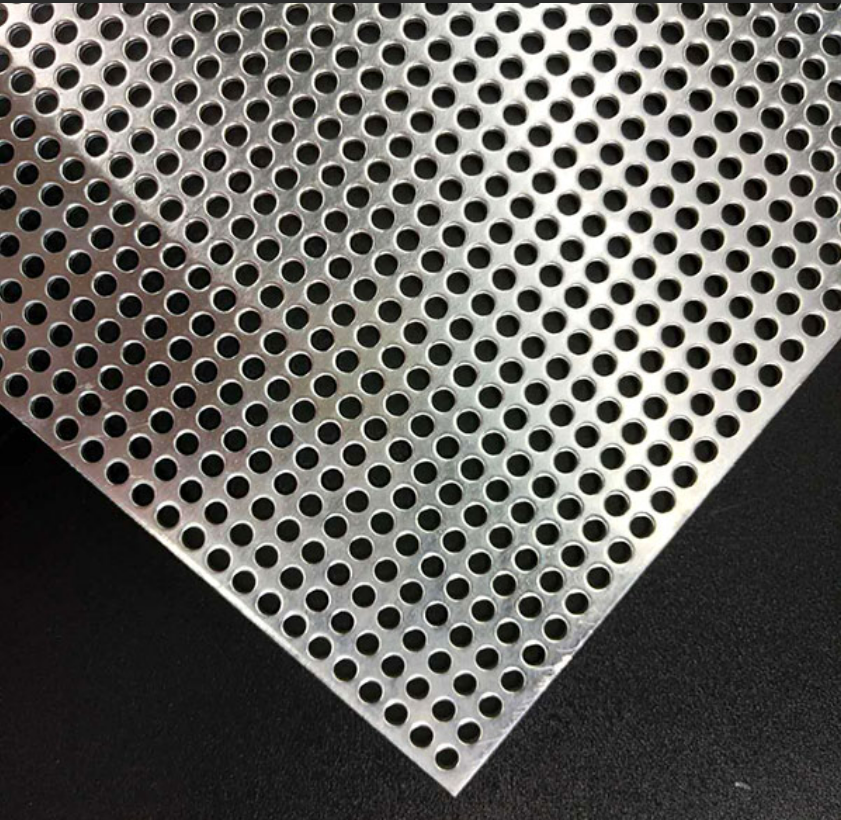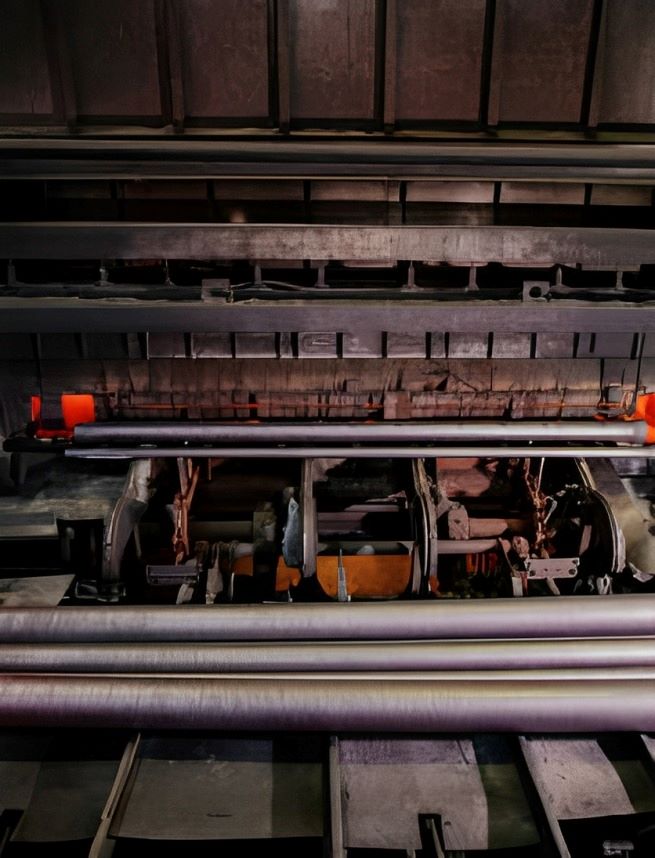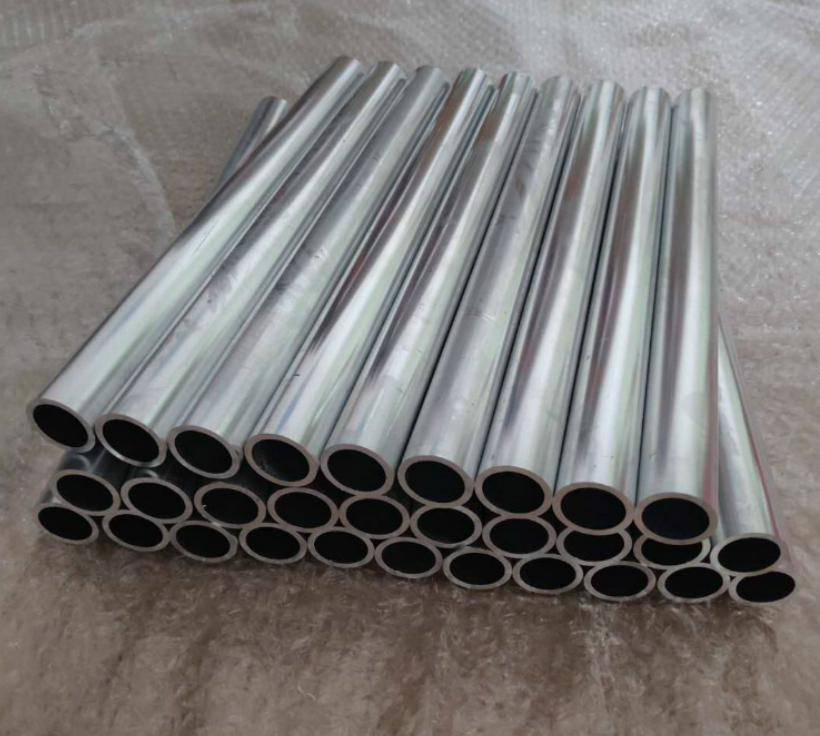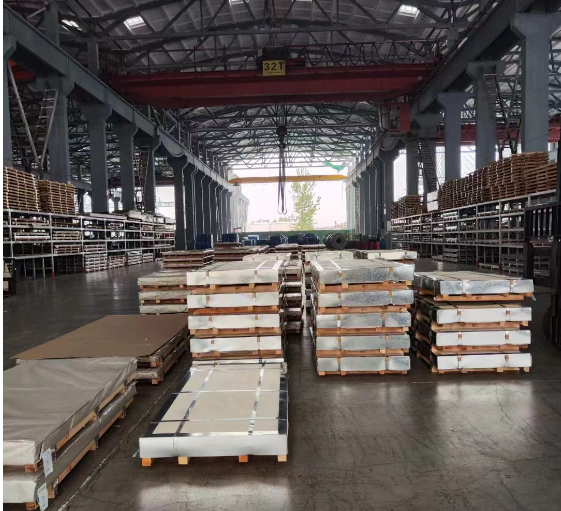What's the difference-Sterling Silver VS Stainless Steel?
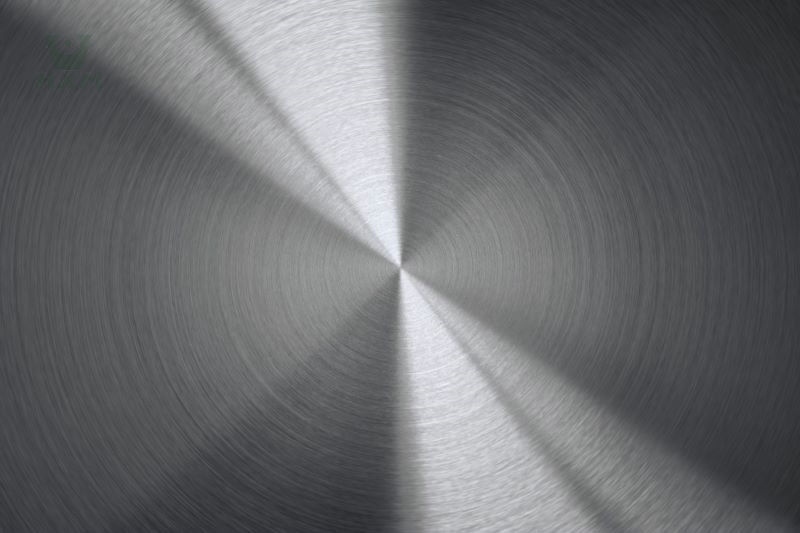
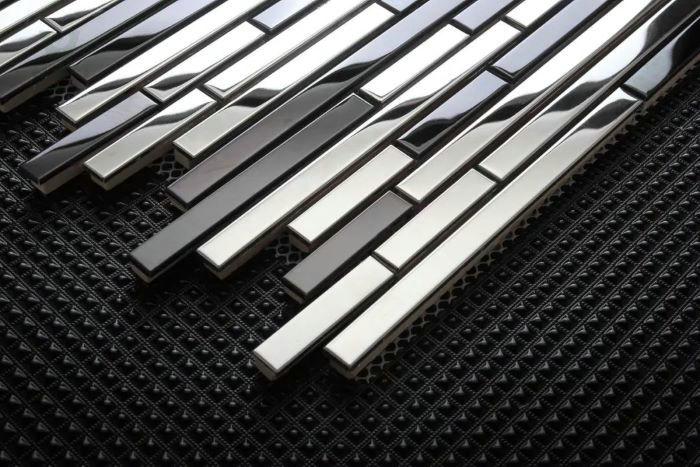

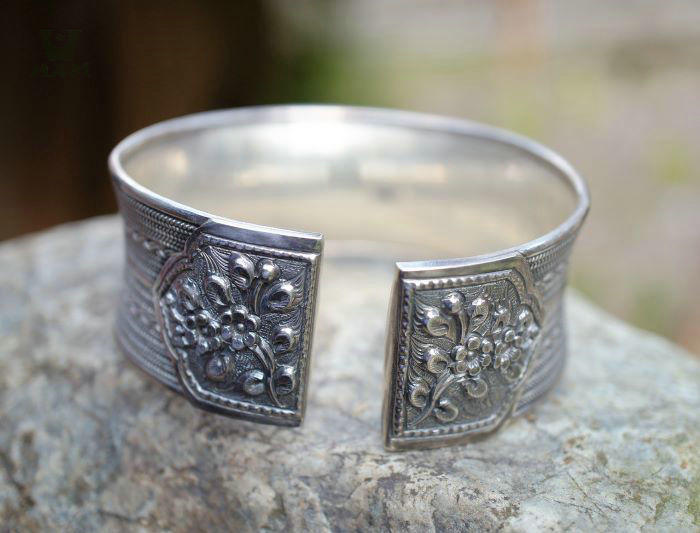
In the world of metals, there is a perennial topic: sterling silver vs stainless steel, what’s the difference and which is better? They glisten on our wrists, dangle from our ears, and adorn our fingers. Yet, beneath their dazzling surfaces lie fundamental differences that extend beyond their aesthetics.
Have you ever wondered why these two metals are often pitted against each other in the realm of jewelry and accessories? To understand their distinctions and make informed choices when it comes to selecting the perfect piece, we embark on a journey to unravel the secrets of stainless steel and sterling silver. It’s not just about appearance, but also about durability, composition, and maintenance. Let’s delve into the core dissimilarities between these metallic contenders, exploring their unique characteristics and the scenarios in which one outshines the other. So, if you’re passionate about adornments or simply intrigued by the science of materials, join us in deciphering the captivating contest of Stainless Steel VS Sterling Silver
which is better sterling silver VS Stainless Steel?
The primary difference between stainless steel and sterling silver lies in their composition. Stainless steel is an alloy composed of iron, chromium, and various other elements, depending on the specific grade. In contrast, sterling silver is a precious metal alloy made up of 92.5% pure silver and 7.5% other metals, typically copper. This distinction results in variations in terms of appearance, durability, and cost, making each material suitable for different applications. Sterling silver boasts a more luxurious appearance but requires more maintenance to prevent tarnishing, while stainless steel offers enhanced durability and resistance to corrosion, making it a popular choice for various everyday items, especially in the world of jewelry and accessories.
This article delves into the scientific intricacies of stainless steel and sterling silver, dissecting their composition, characteristics, and applications. By the end, you will have a comprehensive understanding of the distinctions between these materials, empowering you to make well-informed decisions when choosing products made from either stainless steel or sterling silver.
Composition: Unveiling the Elemental Foundations
sterling silver VS Stainless Steel
To appreciate the disparities between stainless steel and sterling silver, it’s imperative to embark on a journey through their elemental foundations. These materials are forged from diverse combinations of elements, each contributing to their distinct properties and behaviors.
Stainless Steel
Stainless steel is an alloy that owes its exceptional properties to a meticulously balanced composition of elements. Its primary components are:
The fundamental base of stainless steel, iron contributes to its structural integrity and magnetic properties.
A critical component, chromium provides stainless steel with its remarkable corrosion resistance by forming a thin, invisible oxide layer on the surface. This oxide layer, known as the passive layer, acts as a shield against rust and staining.
Nickel enhances the corrosion resistance of stainless steel and contributes to its luster and sheen. It also plays a crucial role in maintaining the stability of the austenitic structure, which makes stainless steel non-magnetic.
Carbon content in stainless steel is kept relatively low to maintain its corrosion-resistant properties. However, carbon is necessary for hardening in some stainless steel variants.
Manganese enhances the structural strength of stainless steel, ensuring its ability to withstand various stresses.
Silicon aids in deoxidizing the molten steel and removing undesirable elements.
Molybdenum is present in some stainless steel grades, particularly those used in harsh environments. It further enhances corrosion resistance and strengthens the alloy.
In addition to these primary components, stainless steel can contain trace elements such as sulfur, phosphorus, nitrogen, and others, depending on the specific grade.
The unique synergy of these elements gives stainless steel its resilience against rust, staining, and various environmental factors, making it a versatile material for a wide range of applications.
Sterling silver
Sterling silver, by definition, consists of 92.5% pure silver. Pure silver, while beautiful, is too soft for most practical uses. By alloying it with other metals, especially copper, sterling silver becomes more durable and suitable for crafting jewelry, cutlery, and other items.
The remaining 7.5% of sterling silver is usually composed of copper. Copper is chosen for its strength and workability. This alloying element ensures that the silver maintains its structural integrity and can be crafted into intricate designs.
Sometimes, small amounts of other metals, such as zinc or germanium, may be added to sterling silver to further enhance its properties. These elements can modify the alloy’s hardness, luster, and tarnish resistance.
It’s essential to recognize the composition of sterling silver because understanding its components helps you care for and appreciate your silver jewelry and items. Proper cleaning and maintenance can prolong the life and beauty of sterling silver products, making them family heirlooms that can be cherished for generations.
How differences in composition impact material properties?
The composition of materials plays a crucial role in determining their properties. In the case of stainless steel and sterling silver, differences in composition lead to distinct material properties that are important to understand:
Stainless Steel
- Corrosion Resistance: Stainless steel's primary alloying element, chromium, forms a protective oxide layer on its surface, which enhances its resistance to corrosion and rust. This property makes stainless steel highly suitable for applications in wet or corrosive environments.
- Strength: The iron and chromium in stainless steel provide it with significant strength. This strength, combined with corrosion resistance, makes it ideal for structural components, cutlery, and various industrial applications.
- Durability: Stainless steel is known for its durability, able to withstand extreme temperatures and wear. It's commonly used in kitchen appliances, medical instruments, and construction.
Sterling Silver
- Luster: The high silver content in sterling silver contributes to its lustrous appearance. Sterling silver jewelry, flatware, and decorative items possess a brilliant shine that adds to their aesthetic appeal.
- Tarnish: While sterling silver is beautiful, it's prone to tarnishing due to its copper content. The tarnish forms on the surface over time, giving it an antique or vintage look. Regular cleaning and maintenance are necessary to manage tarnish.
- Workability: The alloy's composition, combining silver and copper, enhances its workability for crafting intricate designs in jewelry and other decorative items. Silversmiths and artisans appreciate its malleability and ductility.
In summary, stainless steel’s composition provides it with superior resistance to corrosion, high strength, and durability. In contrast, sterling silver’s composition gives it a captivating luster, workability for fine craftsmanship, and the unique characteristic of tarnishing over time. Understanding these material properties helps individuals choose the right material for specific applications and take proper care of their stainless steel and sterling silver products.
Appearance and Characteristics: A Visual and Practical Distinction
sterling silver VS Stainless Steel
When it comes to materials like stainless steel and sterling silver, understanding their visual appeal and unique characteristics is essential for making informed choices, particularly in the realms of jewelry and other decorative items. These two materials, stainless steel and sterling silver, stand apart not only in their composition but also in how they present themselves to the eye and how they perform in various applications. In this section, we’ll delve into their distinctive appearances, properties, and how these aspects influence their use. Whether you’re considering a piece of jewelry, flatware, or any other item, comprehending these differences will aid you in choosing the right material for the right purpose. Let’s explore the visual and practical distinctions between stainless steel and sterling silver.
Contrasting Visual Appearance:
Sterling Silver VS Stainless Steel
The visual appearance of stainless steel and sterling silver differs significantly due to variations in their atomic structures and, consequently, their reflective properties. Understanding these distinctions is crucial, especially when selecting materials for jewelry or decorative items.
- Stainless Steel: Stainless steel is admired for its sleek, modern, and industrial appearance. Its surface typically boasts a matte finish with a silvery-gray tone, exhibiting a minimalistic and contemporary aesthetic. The microscopically rough surface structure of stainless steel scatters light diffusely, reducing glare and enhancing its understated elegance. This material is often favored for its clean and unadorned look, making it ideal for contemporary jewelry designs and practical applications in appliances, cookware, and architectural features.
- Sterling Silver: In contrast, sterling silver showcases a classic, lustrous appearance with a brilliant shine. Sterling silver is composed of 92.5% pure silver and 7.5% copper, resulting in a material that has remarkable light-reflective properties. Its smooth surface reflects light in a specular manner, producing a bright and radiant appearance that is synonymous with traditional jewelry and fine tableware. The characteristic gleam of sterling silver contributes to its timeless and opulent allure, making it a preferred choice for exquisite jewelry pieces, cutlery, and decorative ornaments.
In summary, while stainless steel embraces a contemporary, low-glare aesthetic, sterling silver embodies timeless elegance and high reflectivity. These distinct visual attributes cater to diverse preferences and applications, allowing consumers to choose the material that aligns with their aesthetic and functional requirements.
the unique characteristics of
sterling silver VS Stainless Steel
Here’s a table comparing the unique characteristics of stainless steel and sterling silver and how these aspects influence their use in jewelry and other items:
| Characteristic | Stainless Steel | Sterling Silver | Impact on Use |
|---|---|---|---|
| Composition | Iron, chromium, nickel | Silver and copper alloy | Stainless steel is highly durable, while sterling silver is softer. |
| Visual Appearance | Silvery-gray with a matte finish | Bright, lustrous shine | Stainless steel is contemporary; sterling silver is classic. |
| Durability | Highly resistant to corrosion, tarnish, and scratches | Prone to tarnish and scratches | Stainless steel is low-maintenance; sterling silver requires more care. |
| Allergenic Properties | Typically hypoallergenic; suitable for sensitive skin | May cause allergic reactions in some individuals | Stainless steel is often preferable for those with metal allergies. |
| Cost | Relatively affordable | Can be costly | Stainless steel is cost-effective; sterling silver may be an investment. |
| Use in Jewelry | Modern, casual designs, especially in men’s jewelry | Classic, fine jewelry with intricate detailing | Application depends on desired style and budget. |
| Use in Tableware and Décor | Contemporary and utilitarian | Elegant and formal | Chosen based on desired aesthetic and purpose. |
| Maintenance | Low-maintenance, easy to clean | Requires regular polishing | Stainless steel is practical; sterling silver demands upkeep. |
In summary, stainless steel and sterling silver are two distinct materials with differing compositions and characteristics, each serving specific purposes. Stainless steel boasts high durability, resistance to tarnish and scratches, and is often preferred for those with metal allergies. It has found popularity in modern, casual jewelry and contemporary tableware.
On the other hand, sterling silver exhibits classic, elegant charm with its bright shine. While it may require more care due to its susceptibility to tarnish and scratches, it is favored for fine jewelry, especially for intricate detailing, as well as formal tableware and décor.
The choice between these materials ultimately depends on the desired style, budget, and application, whether it be in the realm of jewelry or other items. Understanding their differences empowers consumers to make informed choices that best suit their needs and preferences.
If you are finding stainless steel and sterling silver supplier online, get in touch with Huaxiao Metal to learn more. Let’s build the future together!
Cost and Value
sterling silver VS Stainless Steel
Analyzing the Cost Differences
- Stainless Steel: Stainless steel is a cost-effective option due to its abundance and relatively simple manufacturing process. Its lower production costs translate into affordable final products.
- Sterling Silver: Sterling silver is pricier than stainless steel primarily because of the intrinsic value of silver itself. It's more expensive to extract and refine silver. Additionally, the intricate craftsmanship often associated with sterling silver items adds to the cost.
Evaluating Intrinsic and Market Value
- Stainless Steel: Stainless steel holds its value well in terms of durability and longevity. While it doesn't have the same intrinsic value as precious metals, its market value remains stable.
- Sterling Silver: Sterling silver possesses both intrinsic and market value. The intrinsic value stems from the precious metal content (92.5% pure silver) and the craftsmanship. Its market value fluctuates based on factors like the price of silver in the commodities market.
Factors to Consider
When making decisions based on cost and value, it’s crucial to consider several factors:
- Purpose: Are you looking for everyday, casual wear or something more formal and ornate?
- Allergies: If you have metal allergies, stainless steel might be a preferred choice.
- Budget: Sterling silver, while more expensive, may be a valuable investment for special occasions or fine jewelry.
- Longevity: Stainless steel is highly durable and resistant to tarnishing, offering long-lasting value.
- Style: Consider the style and aesthetics you desire; both materials cater to different preferences.
In the end, whether it’s stainless steel or sterling silver, understanding the cost and value distinctions empowers consumers to make informed choices that align with their preferences and intended use.
Conclusion
sterling silver VS Stainless Steel
In conclusion, the differences between stainless steel and sterling silver are rooted in their compositions, appearances, characteristics, and values. Stainless steel, abundant and durable, serves well in everyday settings, often providing an ideal balance between cost and value. On the other hand, sterling silver, with its precious metal content and craftsmanship, is a hallmark of sophistication and intrinsic worth.
The importance of making well-informed choices regarding these materials cannot be overstated. By understanding their unique features and considering individual needs and preferences, consumers can select the perfect material for their specific requirements, whether it’s a resilient and budget-friendly stainless steel piece or an elegant and timeless sterling silver item. When you choose with knowledge, your selection becomes not just an accessory but a reflection of your personality and style. So, whether it’s stainless steel or sterling silver, wear it with pride and confidence, knowing you’ve made a choice that suits you best.


